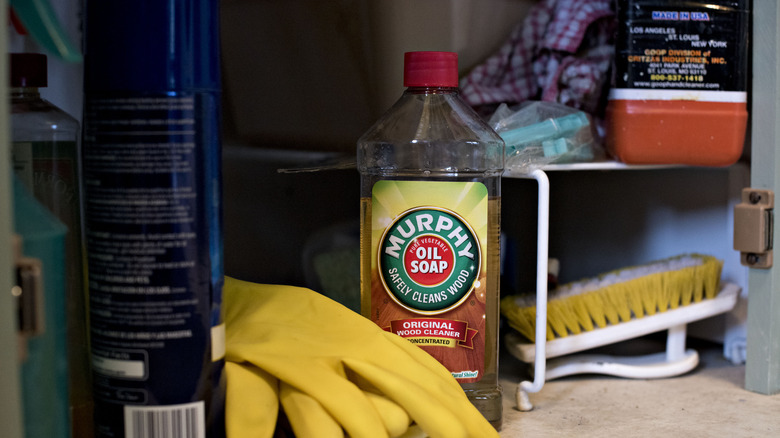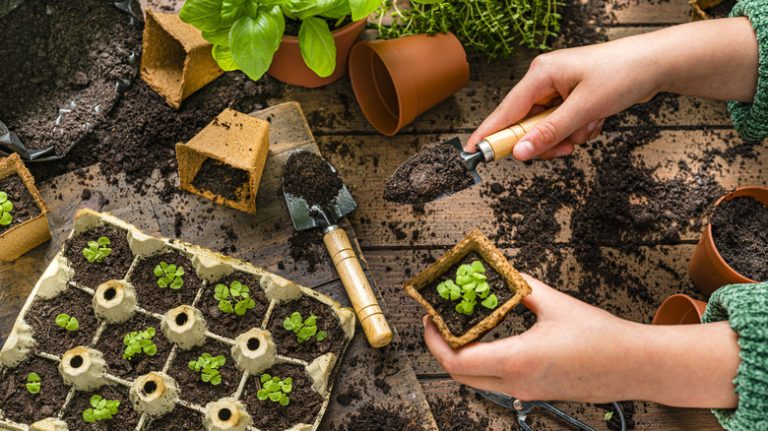Gardening is a joyous activity, but with the pleasure of seeing plants flourish comes the challenge of managing pests. The delicate balance of preserving plant health while dealing with pests can be tricky. As gardeners, we’re often wary of using harsh chemical pesticides that could harm our plants or negatively impact the environment. In such a scenario, an unexpected solution presents itself: Murphy’s Oil Soap.
Yes, you read that correctly! This well-known floor cleaner can double up as an organic pesticide to protect your garden from those pesky insects. Murphy’s Oil Soap is predominantly used to clean wooden floors and furniture, but its gentle formula makes it suitable as a base for a DIY organic pesticide. The main component of this cleaner is potassium soap derived from natural vegetable oil. When mixed in the right proportion with vegetable oil (like sunflower or canola), it can create “white oil” — a powerful yet gentle insect repellent.
Because it’s derived from natural ingredients, white oil is biodegradable and doesn’t harm the environment. Unlike some harsh chemical-laden pesticides, white oil is safe for most plants when used as directed. It’s especially effective against small soft-body insects like aphids and mites. These pests can frustrate any gardener, but a dose of white oil will help reduce their numbers significantly because they cannot develop a resistance to the solution. All you need is 1 cup of vegetable oil, ¼ cup of Murphy’s Oil Soap, a jar or bottle for mixing, and a spray bottle.
How to use white oil to eliminate garden pests

First, you must prepare the white oil concentrate. In a jar or bottle, combine the vegetable oil and Murphy’s Oil Soap. Shake well until the ingredients are thoroughly mixed. Before application, dilute the mixture by combining 1 to 2 tablespoons of the concentrate with a quart of water in a spray bottle. Shake well. It’s always a good idea to test any new solution on a small part of the plant and wait 24 hours to ensure there’s no adverse reaction before spraying the entire plant.
If everything looks good, spray the diluted white oil solution onto affected plants, ensuring you cover the tops and undersides of the leaves. The oil works by suffocating the pests, so thorough coverage is crucial. You can store the undiluted concentrate in a cool, dark place for up to three months. Shake well before using it again.
While white oil is gentle, it’s essential not to overapply. Too much oil can clog the pores of plant leaves, impacting their ability to breathe. On the other hand, single and sparse applications won’t do the job. You must monitor the plants and reapply the solution weekly or after it rains. Don’t use white oil on soft-leaved greens such as lettuce plants, as it may cause leaf burn. Also, avoid using white oil when the temperature is over 86 degrees Fahrenheit, otherwise, it may damage your plants. It’s recommended to avoid peak sun hours when using the solution.


